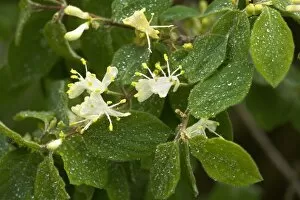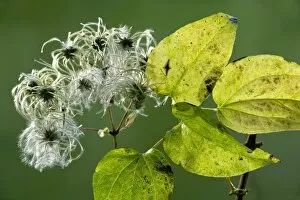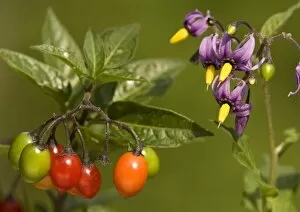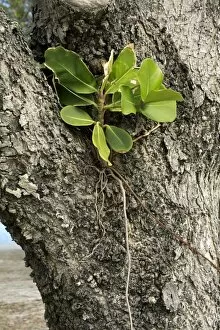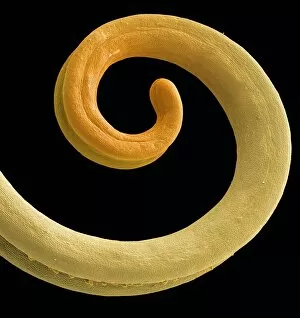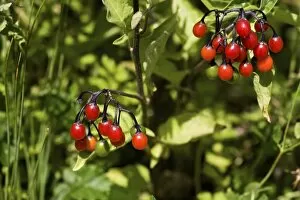Climber Collection (#29)
"Conquering New Heights: The Legacy of Sir Edmund Hillary" Sir Edmund Hillary, a legendary New Zealand mountaineer and explorer, etched his name in history on May 28
For sale as Licensed Images
Choose your image, Select your licence and Download the media
"Conquering New Heights: The Legacy of Sir Edmund Hillary" Sir Edmund Hillary, a legendary New Zealand mountaineer and explorer, etched his name in history on May 28, 1953. Alongside Tenzing Norgay, he stood near the summit of Mount Everest - a feat that had eluded countless climbers before them. Their triumph marked an extraordinary milestone in human achievement. From the breathtaking Monte Rosa in Italy's Aosta Valley to the rugged cliffs above Llanberis Pass in Wales, mountaineers have always been drawn to nature's vertical challenges. With unwavering determination and skillful navigation across treacherous crevasses, they push their limits and inspire us all. In 1861, Auguste-Rosalie Bisson captured the essence of this pursuit with his iconic photograph "The Ascent of Mont Blanc. " It immortalized climbers defying gravity as they ascended Europe's highest peak. This image serves as a timeless reminder of humanity's relentless desire to conquer mountains. Not limited to towering summits alone, climbers also explore hidden realms beneath our feet. Venturing into cave archways like those found at Foxhole on Gower Peninsula in Wales reveals an entirely different kind of challenge - one where darkness meets adrenaline-fueled exploration. Annie Peck understood this thrill intimately when she masked up for her climbing adventures. Her courage exemplified how humans can adapt and thrive even under extreme conditions while scaling great heights or delving deep into uncharted territories. Sadly, not all species are as fortunate as these intrepid explorers. The endangered Ocelot reminds us that our actions impact more than just ourselves; we must protect fragile ecosystems so future generations can experience the wonders that climbers witness firsthand. Reflecting on past expeditions brings us back to the historic British camp at Mount Everest in 1924 - a testament to perseverance despite setbacks.
















